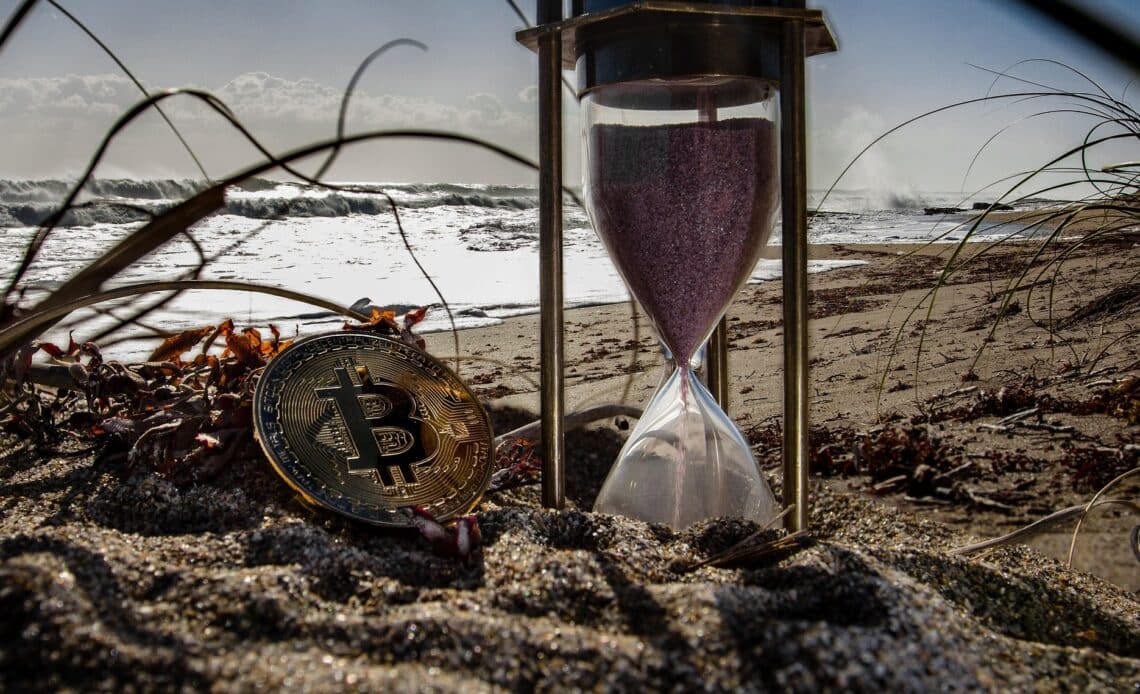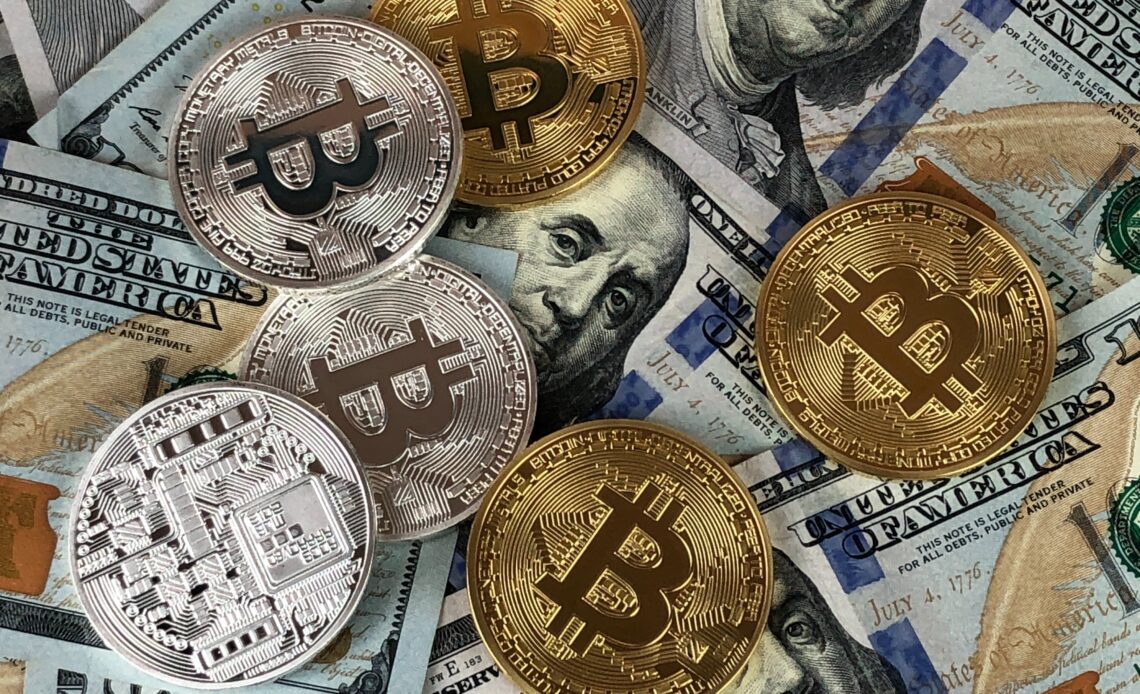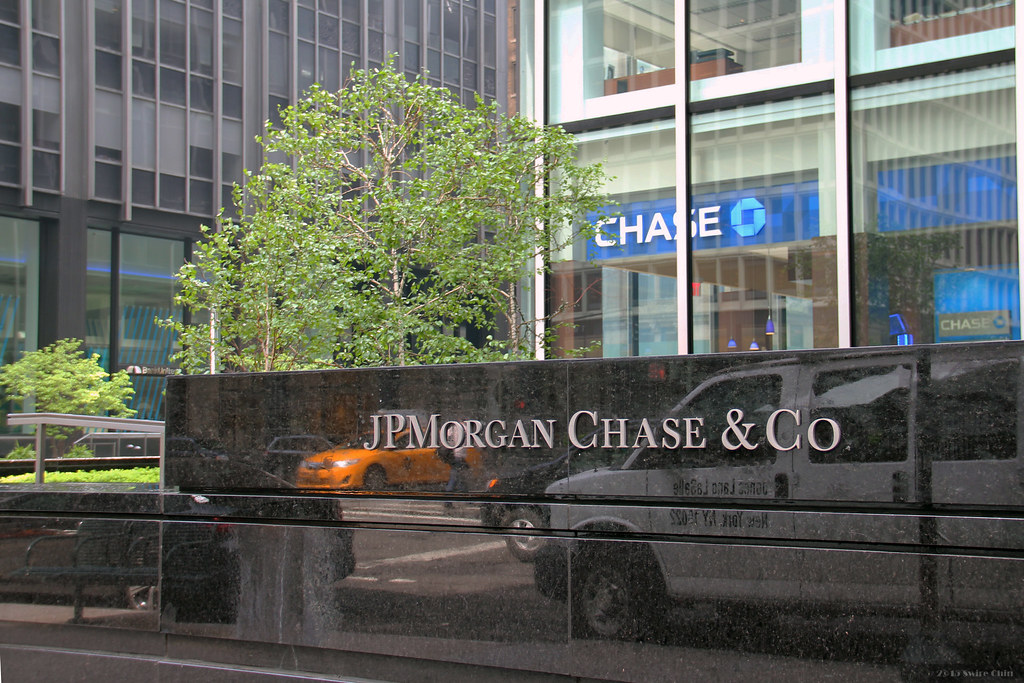Ripple (XRP)–MoneyGram. Western Union. SBI Virtual. If the same Ripple partnerships we have witnessed in the past month occurred last year, the narrative surrounding XRP would be vastly different. Through most of 2017, investor opinion towards Ripple was positive on the company’s technology having use for big banks but not the actual currency XRP. Critics were labeling the XRP coin as “vaporware,” with some going so far as to declare XRP a scam created by Ripple to trick investors into purchasing a valueless currency. There was good reason to believe the former. Despite a positive partnership with American Express to use Ripple for US/UK transactions, XRP for liquidity was still standing on the sidelines.
Things started changing around the time Michael Arrington opened his XRP-denominated hedge fund, Arrington XRP Capital. From there, investor confidence soared as Ripple followed through with its promise to lock 55 billion XRP in escrow through 2022, a move that would prevent the market from being flooded with new coins and keep the inflation levels of XRP relatively low–thus allowing the per-coin value to appreciate.
Two months into 2018 and we have a new atmosphere emerging in regard to XRP. The industry of cryptocurrency is littered with hyped projects that have yet–despite years of development–to produce real world results, real world partnerships or even real world use-cases. Ripple is a different story. XRP has been adopted by two of the largest money transfer companies in the world, both worth billions in revenue and commanding a trade valued in trillions of dollars annually. Ripple has been linked with the central bank of Saudi Arabia, in a pilot program that could lead to $400 million in savings. Couple that with the recent, and surprising positive press from a team of analysts at JP Morgan (a bank notorious for its stance against Bitcoin and cryptocurrency stemming from CEO Jamie Dimon), and Ripple is starting to realize its goal for becoming a disruptive technology in the financial sector.
It is undeniable that these partnerships are driving a significant amount of interest, hype, and investor dollars into XRP, but Ripple doesn’t need the financial industry alone to survive. While it’s great to see XRapid adoption in pilot programs for MoneyGram and Western Union, the real value of XRP lies in the utility of the currency. Lost in discussions about price, Bitcoin dominance, hacks and the future of cryptocurrency, XRP is a top 3 market capitalization coin that has solved the issue of scaling, fees and transactions times–and did it all from inception.
Ripple Growing Beyond Banks
Ripple has become the perfect manifestation of a technology undergoing exponential adoption. The industry of cryptocurrency, as a whole, is experiencing the same hype cycle highs and lows that so many other disruptive entities have passed through before. From 3D printers and electric cars, to digital cameras and the internet, technologies that come to disrupt entire industries all follow along a well defined path. The tricky part is predicting where in the cycle a technology lies, and how to get the most from an investment, both in time and monetary value, before the technology takes off.
Think of it this way: Ripple is currently straddling the best of both worlds when it comes to cryptocurrency. So many people, both entrenched enthusiasts of crypto and outside skeptics, have recognized Bitcoin, Litecoin and others to be tools to subvert the establishment. These represent currencies that could potentially circumvent banks and governments. Ripple, on the other hand, has been pegged as the financial industry’s tailor-made currency. But that’s only because Ripple, the company, has parlayed the utility of XRP to this industry–and rightly so. If anyone can benefit substantially from fast transactions and low fees, it’s the trillion dollar money industry tied up in big banks and global payment firms.
Most of the market has failed to recognize the true value of XRP: a proven, scalable cryptocurrency with some of the fastest transaction times and lowest fees. Anything that a developer plans to implement Bitcoin for, the same could be done with 10x the efficiency using Ripple. Think about that. Bitcoin may have the brand name and household recognition factor, but Ripple has the utility. Bitcoin may be appealing in its vagabond, outlaw quality, but Ripple is looking to implement in the real world. We’re not against finding a place or value for BTC, especially with concerns raised over the true decentralization of XRP. But Ripple has managed to build a coin that can function in the real world. The ease of use, both on behalf of the merchant and the customer, is what will take XRP to the next level in terms of implementation and value. Peter Diamandis, a Harvard trained physician and founder of the X-Prize (which led to the development of Virgin Galactic’s commercial spaceflight), has recognized intuitive user-interface as the single most important factor in a disruptive technology fulfilling its potential. The utility of Ripple has created a low barrier of entry for both commerce and development. Anyone can create a program, marketplace, or combination of the two without being burdened over issues related to scale and user-end fees. No other cryptocurrency, not even Bitcoin, can make the same claim of application.
If you are looking for a reason to invest in Ripple, build a long-term position, or even find enthusiasm in the future use of XRP, look no further than what the technology can do, what it’s currently being implemented for, and what unrealized possibilities lie on the horizon. To quote Diamandis again, “the day before something is a breakthrough, it’s a crazy idea.” The same applies to disruptive technologies. Most of the world, including the industries most at risk, fail to see the disruption until it’s already upon them.
XRP has that potential.











